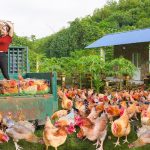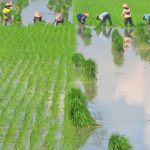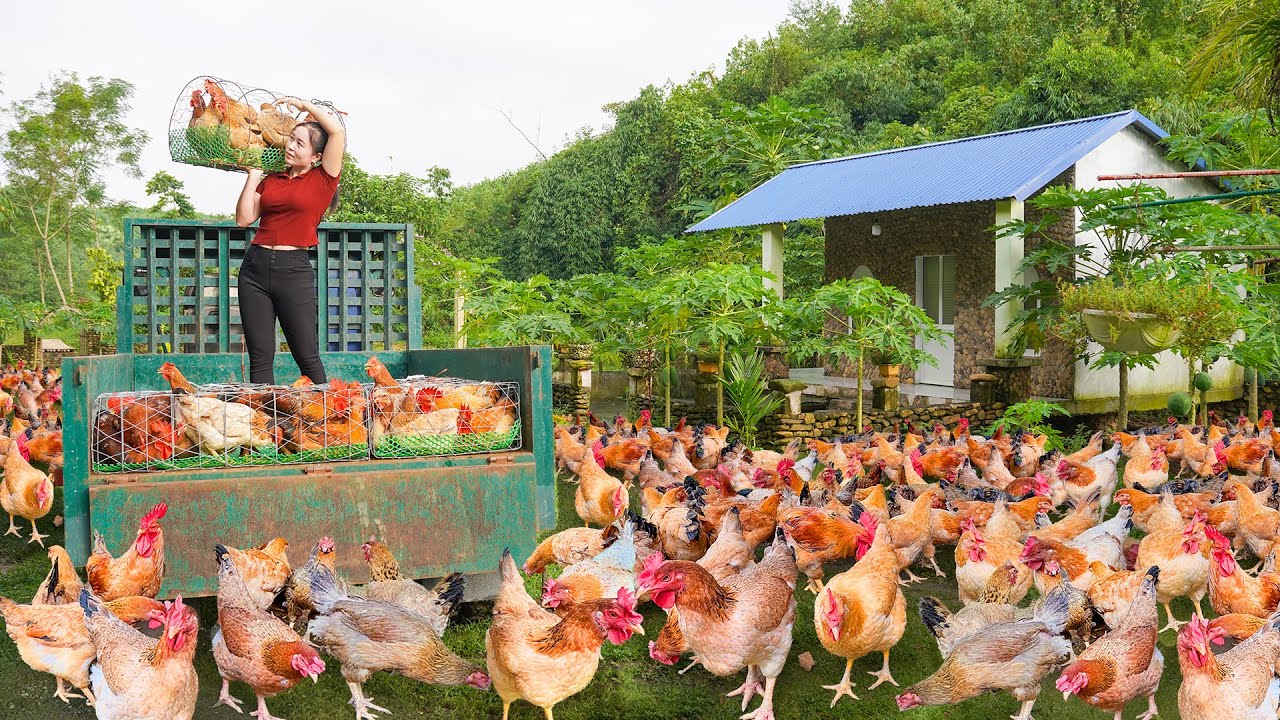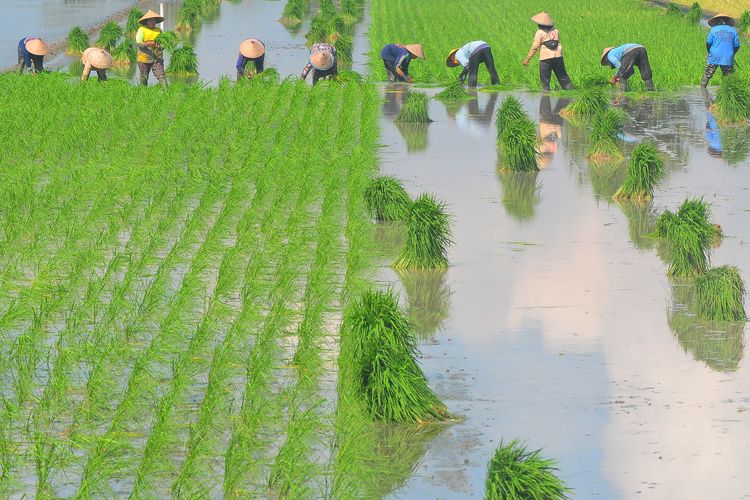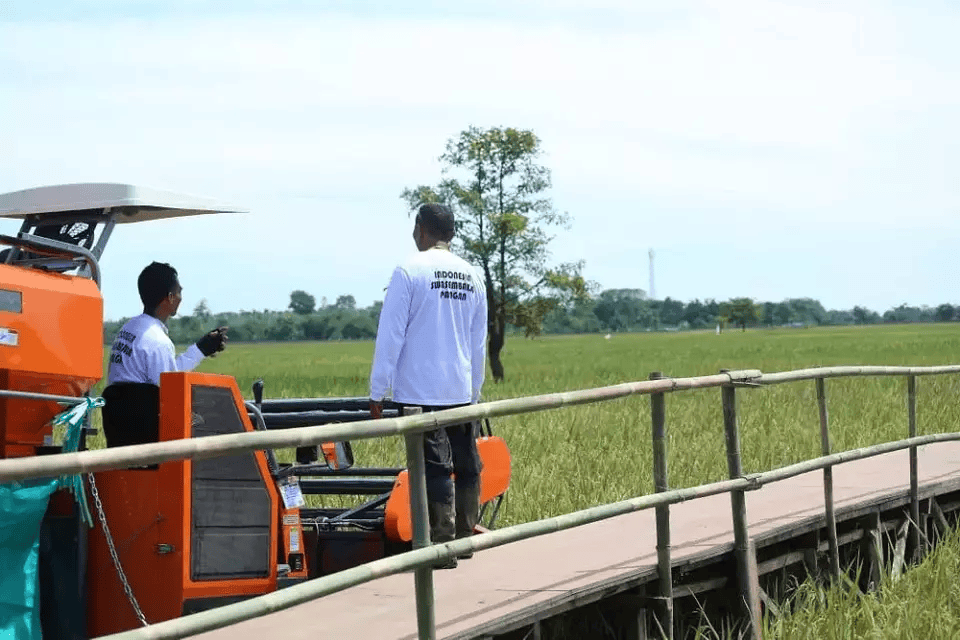Top Five Crops You Should Be Growing Now
Crop One Staple Sorghum
Origin Tale
Sorghum traces back millennia to the Sahel savannas where pastoralists first cherished its resilience. Today it thrives under searing sun and scant rainfall in semi-arid zones. This C4 grass possesses remarkable photochemical efficiency enabling robust photosynthesis even when temperatures crest above forty degrees Celsius.
Agronomic Merits
-
Drought Tenacity Sorghum’s waxy leaf cuticle and deep root architecture confer superior water-use efficiency relative to maize or rice.
-
Soil Versatility It flourishes in marginal soils with pH ranging from 5.5 to 8.0 and tolerates moderate salinity.
-
Pest Resistance Many landraces exhibit natural resistance to stem borers and foliar pathogens, reducing reliance on synthetic pesticides.
Cultivation Tips
-
Seedbed Preparation Perform a stale seedbed technique to diminish grassy weed pressure
-
Row Spacing Adopt 45–60 cm row widths to balance light interception and air circulation
-
Nitrogen Strategy Split N applications at tillering and booting stages to synchronize with peak uptake
-
Harvest Indicators Harvest when grain moisture nears 15 percent to minimize shatter losses
Crop Two Heirloom Beans
Historical Vignette
Heirloom beans carry genealogies spanning pre-Columbian civilizations. Varieties such as Tarbais, Red Azufrado, or Coco de Paimpol boast not only gourmet flavor but also genetic heterogeneity crucial for adaptive resilience.
Agronomic Merits
-
Nitrogen Fixation Symbiotic Rhizobium associations supply up to 80 kg of nitrogen per hectare
-
Genetic Diversity Broad landrace pools harbor tolerance to heat, drought, and aphid infestations
-
Market Value Gourmet markets reward distinct pigmentation patterns and flavor profiles with premium pricing
Cultivation Tips
-
Inoculation Coat seed with Rhizobium inoculant specific to Phaseolus species
-
Intercropping Plant alongside corn or millet to afford shade for climbing cultivars
-
Staking Methods Use single-pole or A-frame supports to maximize air flow and reduce mildew
-
Postharvest Drying Dry on raised mesh platforms under low-humidity conditions to avert mold
Crop Three Ethiopian Kale
Narrative Insight
Also known by names “Gomenzer” or “Sacred Leaf,” Ethiopian kale endures as a dietary cornerstone in Highlands kitchens. It achieves vigorous growth under light frost and thrives where cool nights follow hot days—conditions that evoke anthocyanin accumulation enhancing antioxidant capacity.
Agronomic Merits
-
Cold Tolerance Survives light frost down to –2 °C for brief periods
-
Phytonutrient Density Leaves contain elevated levels of vitamins A and C plus glucosinolates
-
Continuous Harvest Perennial regrowth allows multiple cuttings through extended seasons
Cultivation Tips
-
Raised Beds Ensure well-drained medium loamy soils enriched with 3–5 percent organic matter
-
Cut-and-Come-Again Harvest outer leaves when they reach 20–25 cm for optimal tenderness
-
Mulching Apply straw mulch to conserve soil moisture and suppress weeds
-
Companion Planting Intercrop with onions or garlic to deter flea beetles
Crop Four Dragon Fruit
Mythic Backdrop
Originating in tropical rainforests, dragon fruit (Hylocereus spp.) embodies a climbing cactus that cast its flamboyant pink lanterns across Southeast Asian markets. Its composite flowers unfurl nocturnally, pollinated by sphinx moths and bats in native habitats.
Agronomic Merits
-
Xerophytic Adaptation Stores water in succulent stems enabling survival through dry spells
-
High-Value Niche Commands premium prices in gourmet and exotic fruit markets
-
Pollination Flexibility Capable of self-pollination but yields improve with hand pollination or cross-mating
Cultivation Tips
-
Support Systems Erect robust T-posts or trellises spaced 2 m apart to sustain 3–5 m stems
-
Irrigation Regimen Water deeply every 10–14 days, tapering off in cooler months
-
Flower Induction Apply 100 ppm ethephon ten days before expected anthesis to synchronize blooms
-
Fruit Thinning Retain 2–3 fruits per stem segment to optimize size and sugar accumulation
Crop Five Aquaponic Lettuce
Emergence Chronicle
Aquaponics entwines hydroponics and aquaculture in a symbiotic loop. Wastewater from fish tanks, rich in ammonia, transforms via nitrifying bacteria into nitrates nourishing leafy greens such as butterhead or romaine varieties. This controlled environment agriculture (CEA) system leverages minimal land footprint while slashing water usage by up to 90 percent.
Agronomic Merits
-
Rapid Growth 30–35 day crop cycle from seedling to harvest under ideal conditions
-
Space Efficiency Vertical rack systems yield multiple tiers of produce per square meter
-
Resource Recirculation Conserves water and nutrients with negligible discharge
Cultivation Tips
-
Stocking Density Maintain 15 kg tilapia per cubic meter to provide steady nutrient flux
-
pH Balance Keep system pH between 6.8 and 7.0 to satisfy both plants and fish
-
Lighting Deploy broad-spectrum LED arrays at 150–200 μmol m⁻² s⁻¹ for optimal photosynthesis
-
Biosecurity Quarantine new fish and sanitize nets to prevent disease introduction
Comparative Table of Key Parameters
| Crop | Water Use | Cycle Length | Input Complexity | Market Value | Resilience Traits |
|---|---|---|---|---|---|
| Staple Sorghum | Low | 90–120 days | Moderate | Medium | Drought salt heat tolerance |
| Heirloom Beans | Medium | 75–95 days | Low | High | Nitrogen fixation pest resistance |
| Ethiopian Kale | Low-Medium | 60–90 days per cut | Low | Medium | Cold tolerance continual harvest |
| Dragon Fruit | Low | 90–150 days | High | Very high | Xerophytic drought resilience nocturnal bloom |
| Aquaponic Lettuce | Very low | 30–35 days | High | High | Controlled environment rapid cycling |
Tips And Tricks Across Crops
-
Zone Matching Align crop selection with agroecological zones to exploit native adaptations
-
Polyculture Pairing Combine deep-rooted and shallow-rooted species to optimize nutrient strata
-
Biochar Amendment Integrate 5 percent biochar to boost cation exchange capacity and water retention
-
Allelopathic Allies Use marigolds or basil to deter nematodes and aphids in interrows
-
Remote Sensing Employ UAV multispectral imagery to detect nutrient deficits or pest hot spots early
-
Seed Sovereignty Save and exchange seed among local growers to preserve unique genotype adaptations
-
Continuous Learning Attend agronomy symposia and subscribe to peer-reviewed journals for cutting-edge techniques
Concluding Reflection
Selecting the right crops today hinges on anticipatory agronomy and niche market acumen. Whether anchoring food security with sorghum, delighting gourmet consumers with heirloom beans and dragon fruit, or pioneering aquaponic lettuce in urban settings, each crop offers unique avenues for resilience and profitability. Employ these expert strategies to cultivate not just plants but enduring agroecosystems that thrive amid climatic uncertainties.
